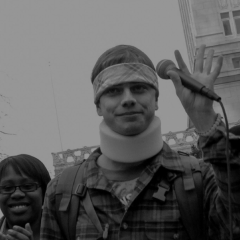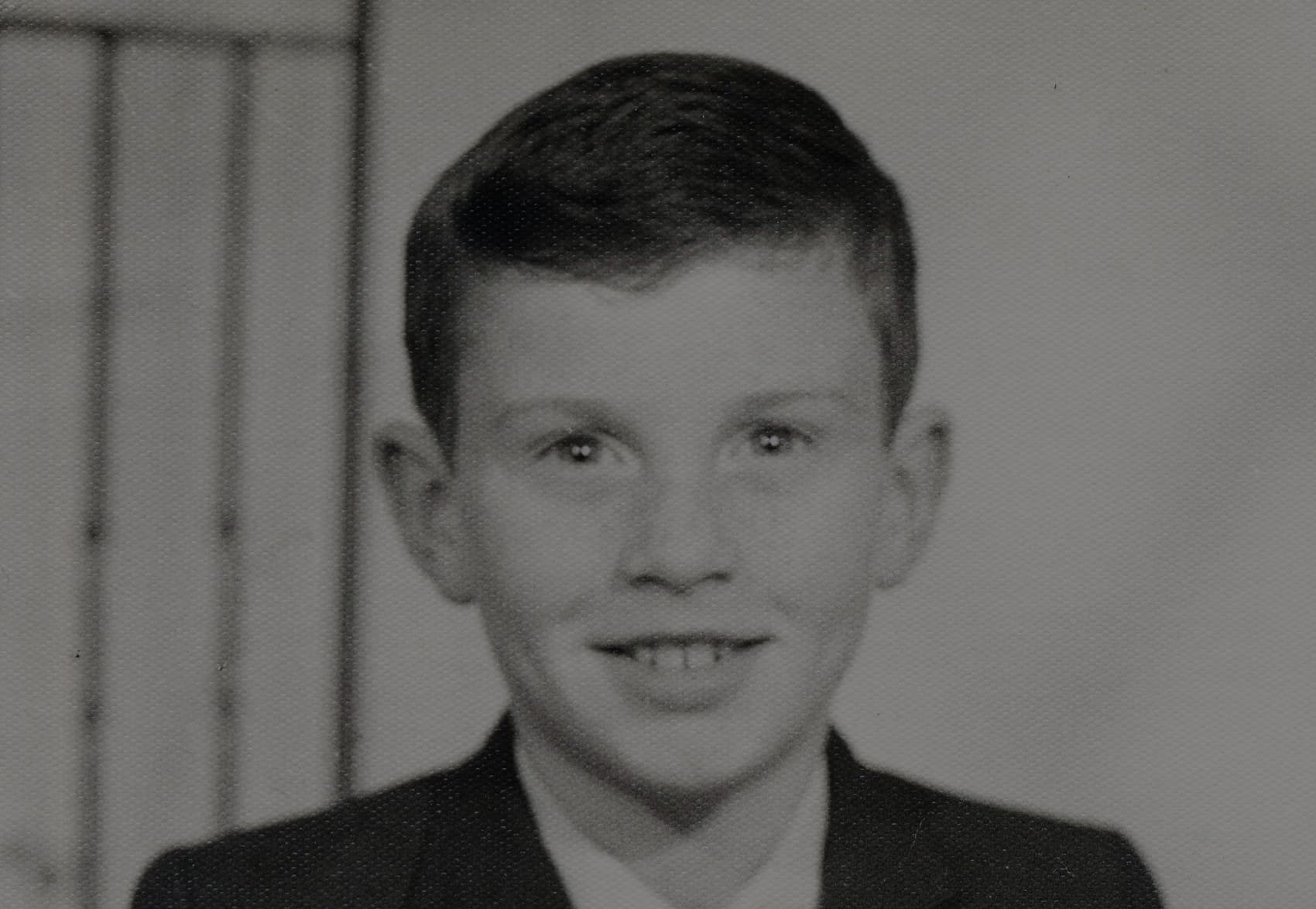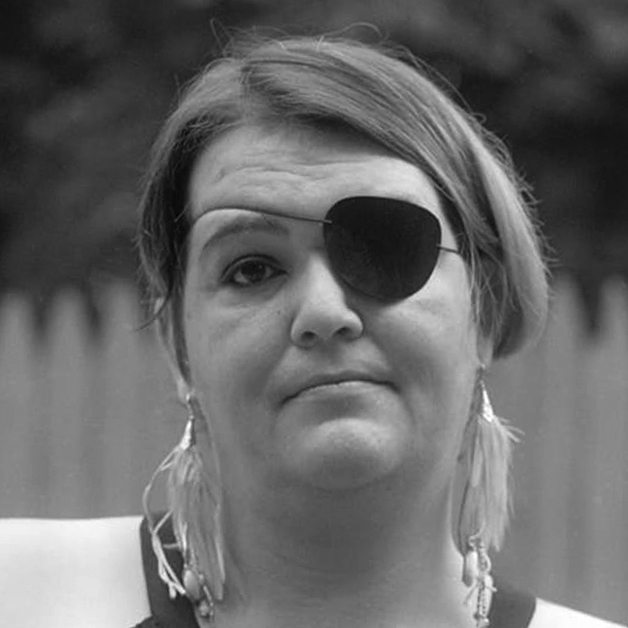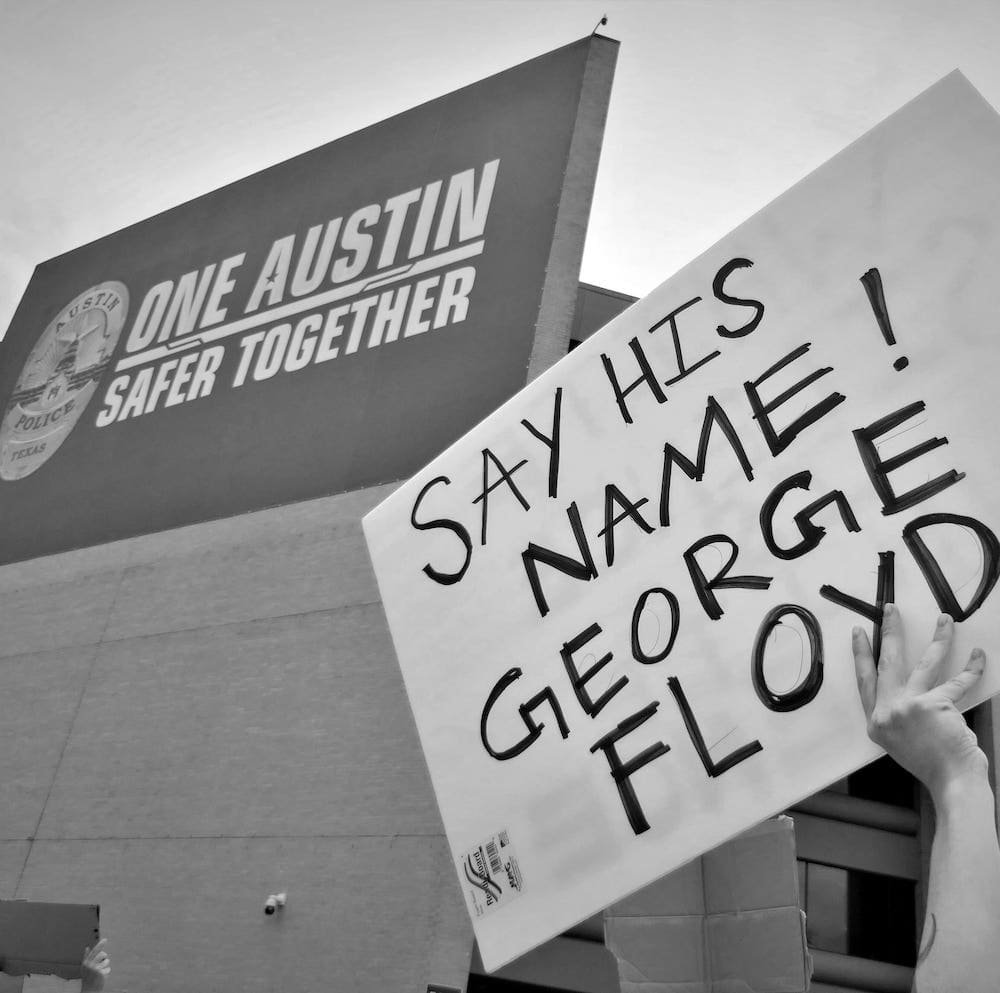PART I - Scott Olsen“I DIDN'T REALIZE HOW BAD IT WAS.”

Shot in the head by police firing bean-bag rounds at demonstrators, this veteran awoke from a coma, returned to protesting, and became a symbol to the Occupy movement. Ten years later, he represents a life shattered by the misuse of less-lethal munitions.
READ PART IPART II - Andre MillerWhat is a rubber bullet?

Less-lethal munitions come in all shapes and sizes and can leave behind devastating wounds. Victims of KIPs often don’t know what hit them, unless — like this Black Lives Matter protester — there’s shrapnel left behind.
READ PART IIPART III - Richard MooreThe original rubber bullet

This 10-year-old from Derry, Northern Ireland was shot in the face with a rubber bullet while running home from school, an attack that blinded him for life. In the decades since, the U.K. has turned away from less-lethal munitions while U.S. law enforcement has increasingly embraced them. Why?
READ PART IIIPART IV - Victoria SnelgroveWhen Things Go Wrong

Everyone knew if the Red Sox ever beat the Yankees, Boston would burst. But what actually happened when they finally won exceeded people's worst fears. How a euphoric riot, a lack of police training, and an untested less-lethal weapon left a woman dead and city leaders seeking answers.
READ PART IVPART V - Linda TiradoThe Injustice of Suing the Police

Shot with a less-lethal round while photographing police officers during 2020’s protests in Minneapolis, this journalist was blinded for life. Then came the long, isolating pursuit of justice and accountability that made her pain even worse.
READ PART VPART VI - AUSTIN'S 8TH ST. VICTIMSLess Lethal, Still Deadly

After two days of protests, hundreds of bean-bag rounds fired, and dozens of grievously injured victims, a showdown is looming in Texas between law enforcement and the law.
READ PART VIRichard MooreThe original rubber bullet
BYLinda Rodriguez McRobbie
Courtesy of Richard Moore
The first KIPs
A soldier outside came forward and said, “Turn the record off and close the window.” I went to the window and said, “Well, I’m in my own home.” Just then a paratrooper came up and, out of the blue, shot me. — Emma Groves
American impact
The war at home
In December 1992, following the Rodney King riots in April and May of that year, the Los Angeles Police Department began using 37mm foam rubber bullets made by Defense Technology.
“Highly impractical for police work”
Forgiving, but not forgetting
PART I - Scott Olsen“I DIDN'T REALIZE HOW BAD IT WAS.”

Shot in the head by police firing bean-bag rounds at demonstrators, this veteran awoke from a coma, returned to protesting, and became a symbol to the Occupy movement. Ten years later, he represents a life shattered by the misuse of less-lethal munitions.
READ PART IPART II - Andre MillerWhat is a rubber bullet?

Less-lethal munitions come in all shapes and sizes and can leave behind devastating wounds. Victims of KIPs often don’t know what hit them, unless — like this Black Lives Matter protester — there’s shrapnel left behind.
READ PART IIPART III - Richard MooreThe original rubber bullet

This 10-year-old from Derry, Northern Ireland was shot in the face with a rubber bullet while running home from school, an attack that blinded him for life. In the decades since, the U.K. has turned away from less-lethal munitions while U.S. law enforcement has increasingly embraced them. Why?
READ PART IIIPART IV - Victoria SnelgroveWhen Things Go Wrong

Everyone knew if the Red Sox ever beat the Yankees, Boston would burst. But what actually happened when they finally won exceeded people's worst fears. How a euphoric riot, a lack of police training, and an untested less-lethal weapon left a woman dead and city leaders seeking answers.
READ PART IVPART V - Linda TiradoThe Injustice of Suing the Police

Shot with a less-lethal round while photographing police officers during 2020’s protests in Minneapolis, this journalist was blinded for life. Then came the long, isolating pursuit of justice and accountability that made her pain even worse.
READ PART VPART VI - AUSTIN'S 8TH ST. VICTIMSLess Lethal, Still Deadly

After two days of protests, hundreds of bean-bag rounds fired, and dozens of grievously injured victims, a showdown is looming in Texas between law enforcement and the law.
READ PART VI